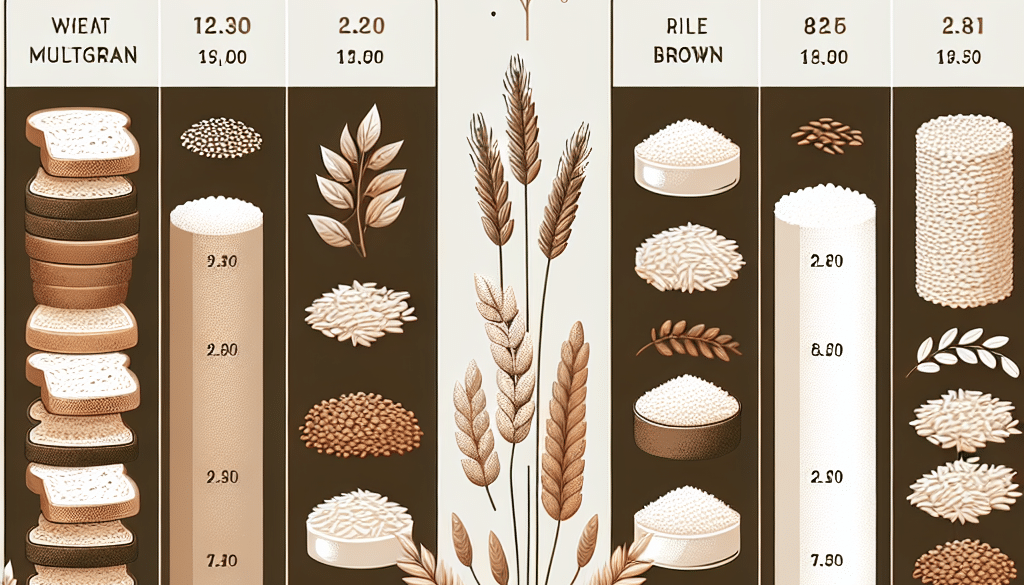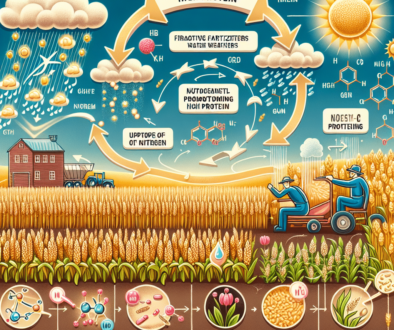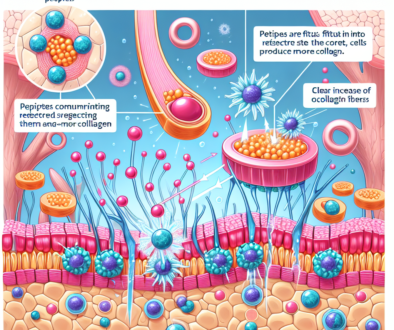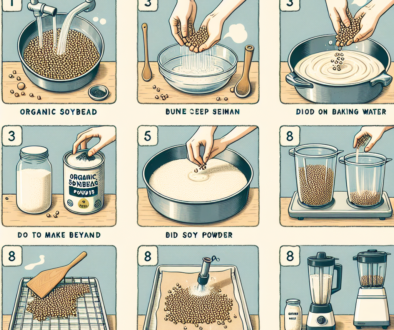Is Bread Or Rice A Better Source Of Protein? Deep dive
Table of Contents
- Bread vs. Rice: Which Is the Superior Protein Source?
- Understanding Protein in Bread and Rice
- Protein Content in Different Types of Bread
- Protein Content in Different Types of Rice
- Comparing Protein Quality
- Nutritional Benefits Beyond Protein
- Bread’s Additional Nutrients
- Rice’s Additional Nutrients
- Considerations for Dietary Restrictions
- Conclusion: Which Is Better for Protein?
- Enhance Your Protein Intake with ETprotein Products
Bread vs. Rice: Which Is the Superior Protein Source?
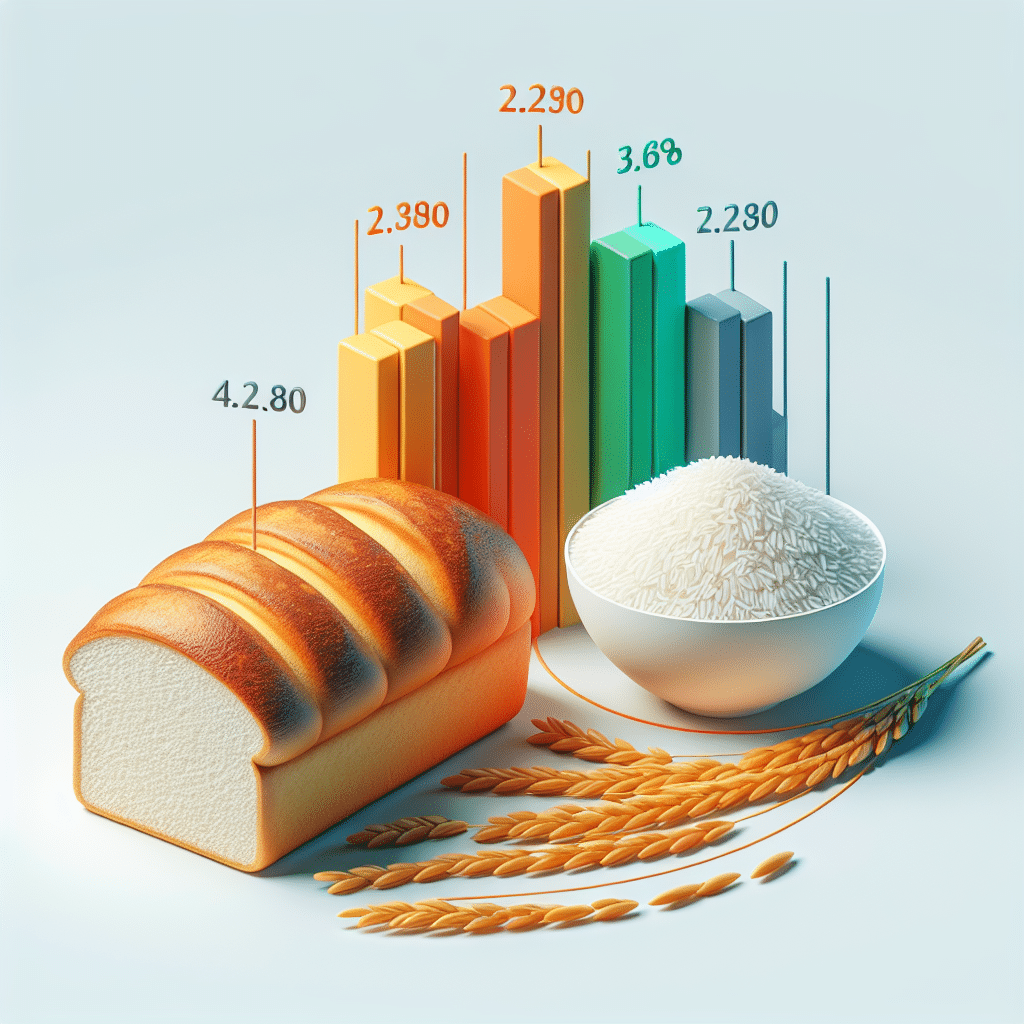
When it comes to choosing staple foods that fit into a balanced diet, bread and rice often come to mind. Both are primary sources of carbohydrates, but they also contain protein, an essential macronutrient for muscle repair, enzyme production, and numerous other bodily functions. In the quest for a healthier diet, many people wonder whether bread or rice is a better source of protein. This article delves into the nutritional profiles of both to determine which one might be more beneficial for those looking to increase their protein intake.
Understanding Protein in Bread and Rice
Before we compare the protein content of bread and rice, it’s important to understand that not all bread and rice are created equal. The protein content can vary significantly depending on the type of bread or rice and how it’s processed.
Protein Content in Different Types of Bread
- Whole Wheat Bread: Whole wheat bread is made from flour that contains the entire grain, including the bran, germ, and endosperm. This type of bread typically has a higher protein content compared to white bread, with about 4 to 5 grams of protein per slice.
- White Bread: White bread is made from refined flour that has had the bran and germ removed. This process also strips away some of the protein, leaving white bread with about 2 to 3 grams of protein per slice.
- Specialty Breads: Some specialty breads, such as those made with seeds or nuts, can have a higher protein content. For example, a slice of flaxseed bread may contain up to 5 grams of protein.
Protein Content in Different Types of Rice
- Brown Rice: Brown rice is a whole grain that retains its bran and germ, making it richer in protein compared to white rice. It contains about 2.5 to 3 grams of protein per 100 grams of cooked rice.
- White Rice: White rice has the bran and germ removed during processing, which lowers its protein content to about 2 to 2.5 grams per 100 grams of cooked rice.
- Wild Rice: Although not a true rice but a grass, wild rice boasts a higher protein content than both white and brown rice, with about 4 grams of protein per 100 grams of cooked rice.
Comparing Protein Quality
It’s not just the quantity of protein that matters, but also the quality. Proteins are made up of amino acids, some of which are essential because the body cannot produce them. A complete protein source contains all nine essential amino acids in sufficient amounts.
Most plant-based proteins, including those found in bread and rice, are considered incomplete proteins because they lack one or more essential amino acids. However, when combined with other plant-based proteins that provide the missing amino acids, they can form a complete protein. For example, eating rice with beans or bread with peanut butter can provide a complete protein profile.
Nutritional Benefits Beyond Protein
When choosing between bread and rice, it’s also important to consider the other nutritional benefits they offer.
Bread’s Additional Nutrients
- Fiber: Whole grain breads are a good source of dietary fiber, which is important for digestive health.
- Vitamins and Minerals: Whole grain breads contain B vitamins, iron, magnesium, and selenium.
- Antioxidants: Some breads, especially those with seeds and nuts, provide antioxidants that help combat oxidative stress.
Rice’s Additional Nutrients
- Manganese and Selenium: Brown rice is a good source of manganese and selenium, which are important for metabolic health and antioxidant defenses.
- Digestibility: Rice is often easier to digest than bread, making it a better option for individuals with sensitive stomachs.
- Low Sodium: Rice is naturally low in sodium, which is beneficial for maintaining healthy blood pressure levels.
Considerations for Dietary Restrictions
For those with dietary restrictions, the choice between bread and rice may be influenced by specific health concerns or dietary needs.
- Gluten Sensitivity: Individuals with celiac disease or gluten sensitivity should avoid most breads, as they often contain gluten. Rice is naturally gluten-free.
- Low-Carb Diets: For those following a low-carb diet, both bread and rice may be limited. However, there are low-carb bread options available.
- Glycemic Index: Brown rice has a lower glycemic index than white rice or white bread, making it a better choice for blood sugar control.
Conclusion: Which Is Better for Protein?
In conclusion, while both bread and rice contain protein, the amount and quality of protein can vary. Whole grain bread generally has a higher protein content than rice, but it’s important to consider the complete nutritional profile and dietary needs. For those looking to maximize protein intake, combining these foods with other protein sources is key to achieving a balanced diet.
Enhance Your Protein Intake with ETprotein Products
If you’re looking to supplement your diet with high-quality protein sources, ETprotein offers a range of organic and vegan protein products. Their selection includes organic rice protein, pea protein, and various seed proteins, all characterized by a neutral taste and non-GMO, allergen-free attributes. With L-(+)-Ergothioneine purity over 98%, ETprotein’s offerings cater to diverse industries and dietary preferences.
Whether you’re involved in sports nutrition, weight management, or simply seeking to enhance your overall health and wellness, ETprotein provides comprehensive solutions to meet all your protein needs. Contact ETprotein to explore their product range and find the perfect addition to your diet.
About ETprotein: ETprotein, a reputable protein and L-(+)-Ergothioneine (EGT) Chinese factory manufacturer and supplier, is renowned for producing, stocking, exporting, and delivering the highest quality organic bulk vegan proteins and L-(+)-Ergothioneine. They include Organic rice protein, clear rice protein, pea protein, clear pea protein, watermelon seed protein, pumpkin seed protein, sunflower seed protein, mung bean protein, peanut protein, and L-(+)-Ergothioneine EGT Pharmaceutical grade, L-(+)-Ergothioneine EGT food grade, L-(+)-Ergothioneine EGT cosmetic grade, L-(+)-Ergothioneine EGT reference grade and L-(+)-Ergothioneine EGT standard. Their offerings, characterized by a neutral taste, non-GMO, allergen-free attributes, with L-(+)-Ergothioneine purity over 98%, 99%, cater to a diverse range of industries. They serve nutraceutical, pharmaceutical, cosmeceutical, veterinary, as well as food and beverage finished product distributors, traders, and manufacturers across Europe, USA, Canada, Australia, Thailand, Japan, Korea, Brazil, and Chile, among others. ETprotein specialization includes exporting and delivering tailor-made protein powder and finished nutritional supplements. Their extensive product range covers sectors like Food and Beverage, Sports Nutrition, Weight Management, Dietary Supplements, Health and Wellness Products, and Infant Formula, ensuring comprehensive solutions to meet all your protein needs. As a trusted company by leading global food and beverage brands and Fortune 500 companies, ETprotein reinforces China’s reputation in the global arena. For more information or to sample their products, please contact them and email sales(at)ETprotein.com today.

